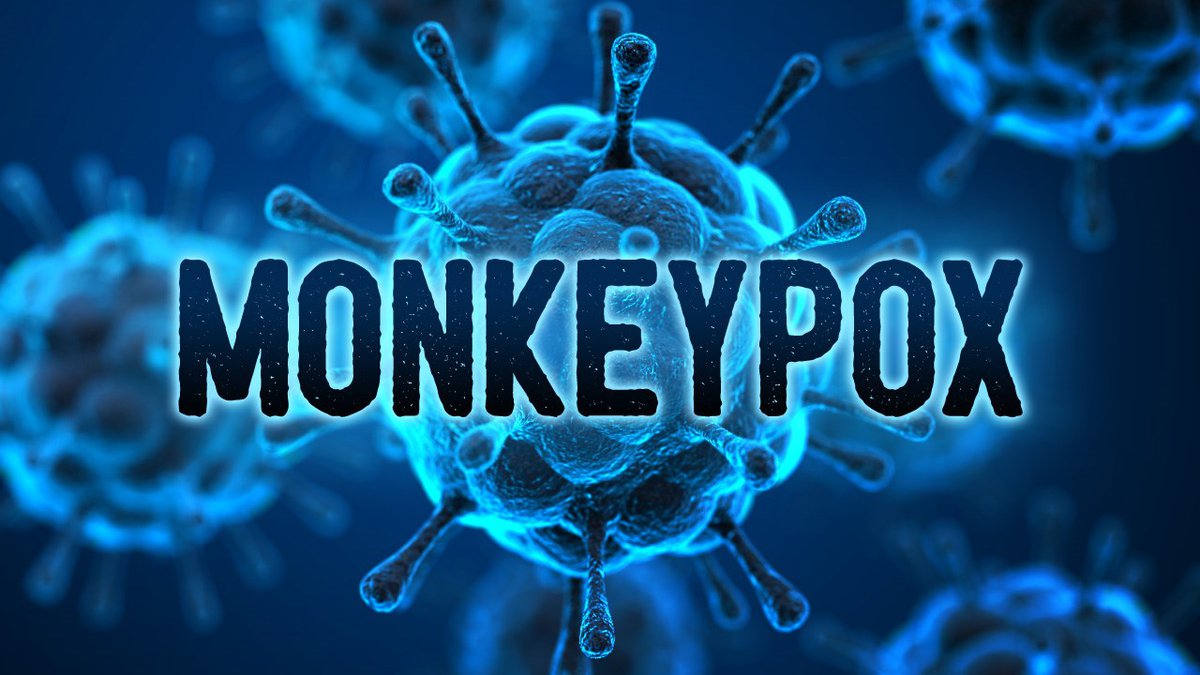Guyana has recorded its second case of Monkeypox and the patient is said to be in a stable condition at the Infectious Diseases Hospital at Liliendaal.
Confirming the second case was Minister of Health, Dr Frank Anthony in his daily update this morning. Although he released no additional information on the case, he said that his ministry has started their contact tracing.
Guyana recorded its first case of the virus on August 22, a taxi driver. It is unclear whether this individual had travelled overseas or he had come into contact here with someone who had already been afflicted.
Today’s case will signal the possibility that local transmission of the virus has begun.
Monkeypox, which causes pus-filled blisters that crust over and fall off, is spread by coming into contact with a person or an animal infected with the virus.
Last month, the World Health Organization (WHO) declared the growing monkeypox outbreak a global health emergency, its highest level of alert.
Writing for the ministry last month, Dr Tariq Jagnarine explained that after exposure, it may be several days to a few weeks before an infected person develops symptoms. Early signs of monkeypox include flu-like symptoms like:
• Fever
• Chills
• Headache
• Muscle aches
• Fatigue
• Swollen lymph nodes
After a few days, a rash often develops, he explained, while noting that the rash starts as flat, red bumps, which can be painful. “Those bumps turn into blisters, which fill with pus. Eventually, the blisters crust over and fall off — the whole process can last two to four weeks. Persons can also get sores in their mouth, vagina, or anus.”
Jagnarine added that not everyone with monkeypox develops all of the symptoms. “In fact, in the current (2022) outbreak, many cases aren’t following the usual pattern of symptoms. This atypical presentation includes only a few lesions, no swollen lymph nodes, less fever, and other signs of illness. Persons can have it and not know it. But even if they don’t show any signs of infection, it can spread still spread to others through prolonged close contact.”
Addressing the transmission of the virus, Jagnarine noted that it can spread from person to person, but pointed out that it was less common. “Person-to-person spread (transmission) occurs when persons come in contact with the sores, scabs, respiratory droplets or oral fluids of an infected person usually through close, intimate situations like cuddling, kissing, or sex. Researchers aren’t sure if the virus is transmitted through semen or vaginal fluids,” he explained.
He said it can also be spread by coming into contact with recently contaminated materials like clothing, bedding, and other linens used by an infected person or animal.
Monkeypox is usually a self-limited disease with symptoms lasting from two to four weeks. Most people with monkeypox get better on their own without treatment.






